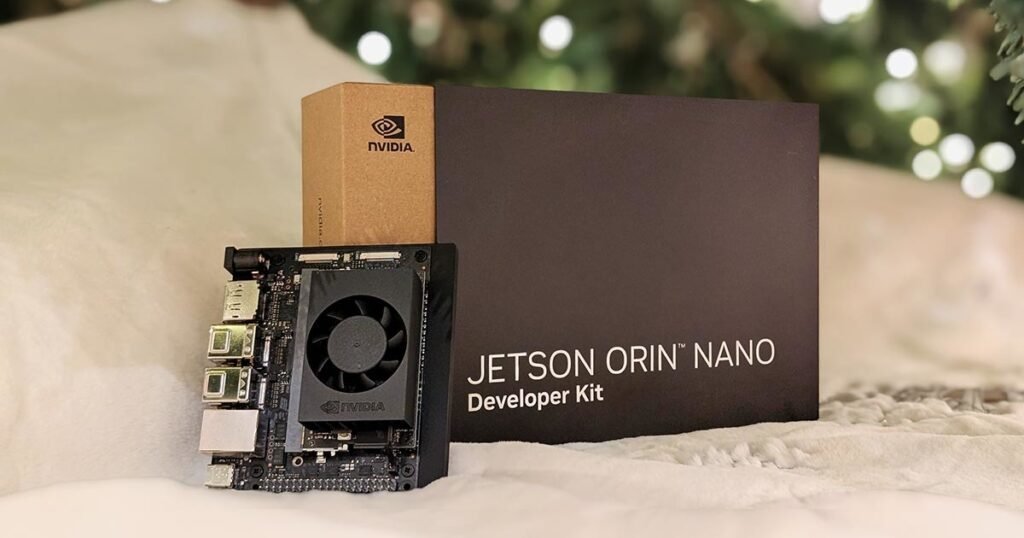When NVIDIA released the Jetson Nano, it didn’t just launch another development board—it lit a fire under the entire edge AI community. For years, hobbyists and engineers were forced to choose between underpowered microcontrollers or prohibitively expensive GPUs when tinkering with machine learning. The Jetson Nano broke that barrier by delivering desktop-class AI performance on a credit-card–sized board at a price point that didn’t scare away experimenters.
Why the Jetson Nano Matters
At its core, the Jetson Nano is powered by a 128-core Maxwell GPU, paired with a quad-core ARM Cortex-A57 CPU and 4GB of RAM. That may not sound like much compared to modern gaming rigs, but here’s the thing: this board can run full deep learning frameworks like TensorFlow, PyTorch, and Caffe. For robotics, computer vision, and IoT edge devices, that’s a game-changer.
Instead of streaming data back to a cloud server, developers could suddenly process video, run object detection, and even perform speech recognition directly on the device. This isn’t just about convenience—it’s about latency, privacy, and reliability. In robotics and autonomous systems, a half-second delay waiting for the cloud is the difference between avoiding an obstacle and crashing into it.
The Nano’s Ecosystem
NVIDIA didn’t stop at the hardware. They built out a JetPack SDK that integrates CUDA, cuDNN, and TensorRT optimizations. This means developers can leverage GPU acceleration without hacking together clunky drivers or libraries. On top of that, the community exploded—tutorials, GitHub repos, and robotics kits all emerged, turning the Jetson Nano into a teaching tool for the next generation of embedded AI engineers.
If you’ve ever seen a DIY autonomous car competition, a robot dog at a hacker space, or even a smart security camera project, odds are you’ve seen the Jetson Nano in action.
Where the Jetson Nano Fits in Today
Since its release, more powerful boards like the Jetson Xavier NX and Jetson Orin Nano have entered the scene. These bring better performance, higher efficiency, and support for cutting-edge AI models. But the original Jetson Nano still holds a special place—it’s approachable, affordable, and plenty capable for prototyping and learning.
For anyone stepping into the world of AI at the edge, the Jetson Nano remains a fantastic entry point. It’s the board that makes complex ideas—like building a self-driving robot—feel tangible.
Recommended Alternatives
If you’re ready to start experimenting with edge AI, here are some options worth checking out:
- NVIDIA Jetson Orin Nano – The modern successor, offering far more power for advanced AI applications than the original Jetson Nano (This is what you should get):
– Jetson Orin Nano on Amazon - Jetson Yahboom Kit – A robotics-focused package for hands-on learners:
– Jetson Yahboom on Amazon - Another Jetson Nano option – A variant board that may suit different project needs:
– Alternative Jetson Nano on Amazon
These alternatives have their strengths, but the original Jetson Nano still stands tall as the board that democratized edge AI development.
In the end, whether you’re building a robot, a drone, or a smart IoT camera, the Jetson Nano proves one thing: powerful AI doesn’t have to live in the cloud—it can live right on your desk.



